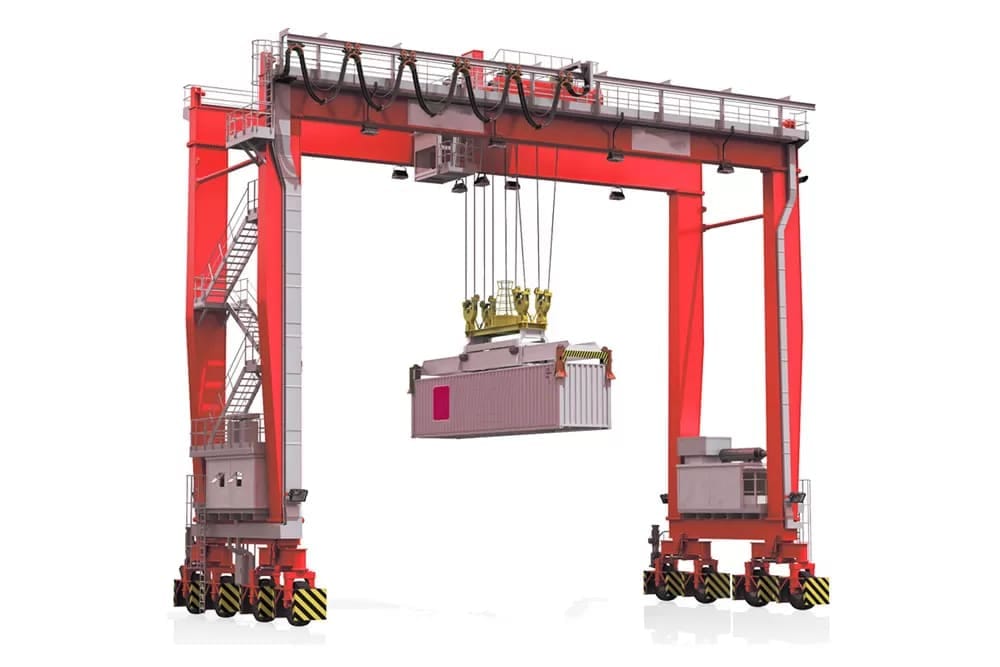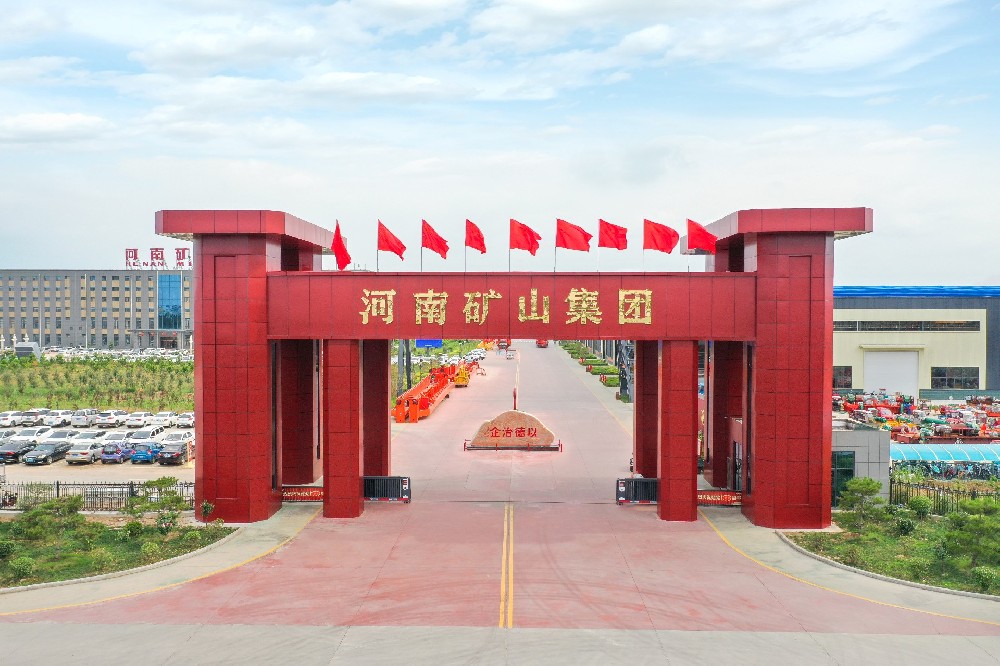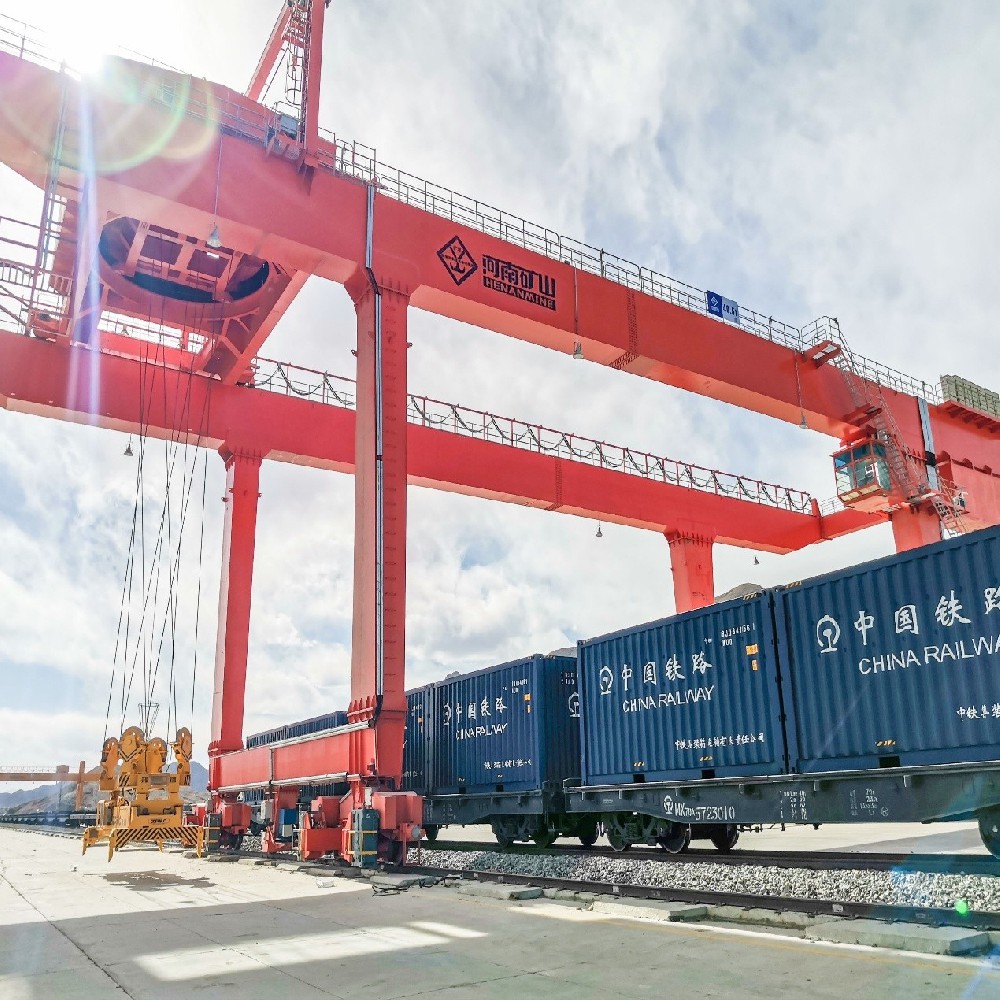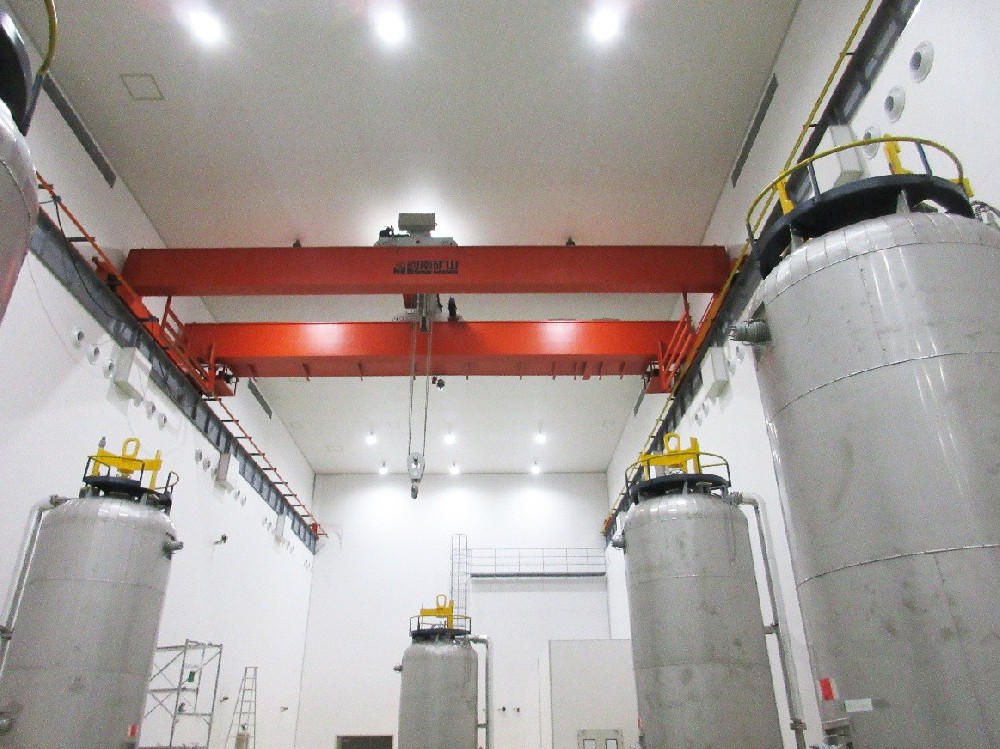- How to choose an overhead crane in the steel industry
-
Release Time:2025-08-06 10:47:59Share:
How to Select Bridge Cranes for the Steel Industry
The steel industry, as the backbone of the economy, operates like a precision-engineered assembly line, from steel production and rolling to the neat stacking of steel products during storage. Every step of the process relies on the silent yet indispensable contribution of bridge cranes. The environment of steel production is extremely harsh, with challenges such as high temperatures, dust, and heavy loads. This places extremely high demands on the performance, safety, and adaptability of bridge cranes. Therefore, selecting the right bridge crane for the steel industry is not only key to improving production efficiency but also the foundation for ensuring operational safety. Let us now discuss the type of crane that should be used in each production process.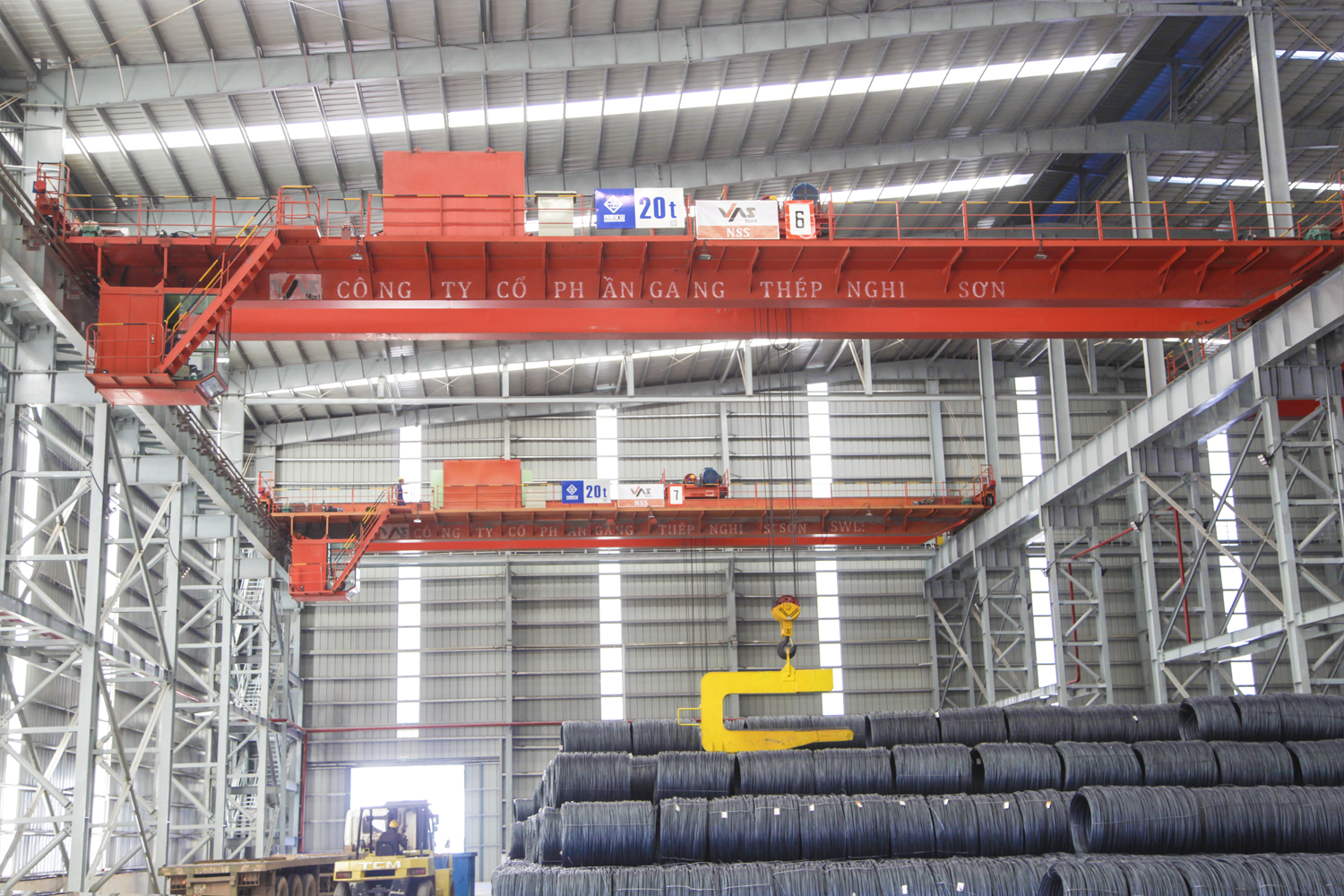
Steel Making Process
The steel making workshop is the “furnace” where steel is born. Here, high temperatures, dust, and the splashing of molten steel create a hazardous environment. The handling of large containers like molten steel ladles and iron ladles is a ultimate test for cranes. In this process, metallurgical bridge cranes are undoubtedly the top choice. Designed specifically for the metallurgical industry, it possesses inherent “superpowers” such as high-temperature resistance and dust resistance. Its robust structure enables it to effortlessly handle frequent and heavy-load lifting tasks. Like a foundry crane, it can securely lift the heavy steel ladle and navigate precisely between the converter and continuous casting machine to complete the transfer of molten steel. Its hoisting mechanism is equipped with a dual braking system, acting as a double safety measure. In the event of an emergency, it can quickly and reliably apply the brakes, firmly preventing catastrophic accidents such as molten steel spills. Additionally, the insulation devices on the metallurgical bridge crane act like a layer of sturdy armor, effectively protecting internal components from high temperatures, allowing it to endure harsh environments for extended periods.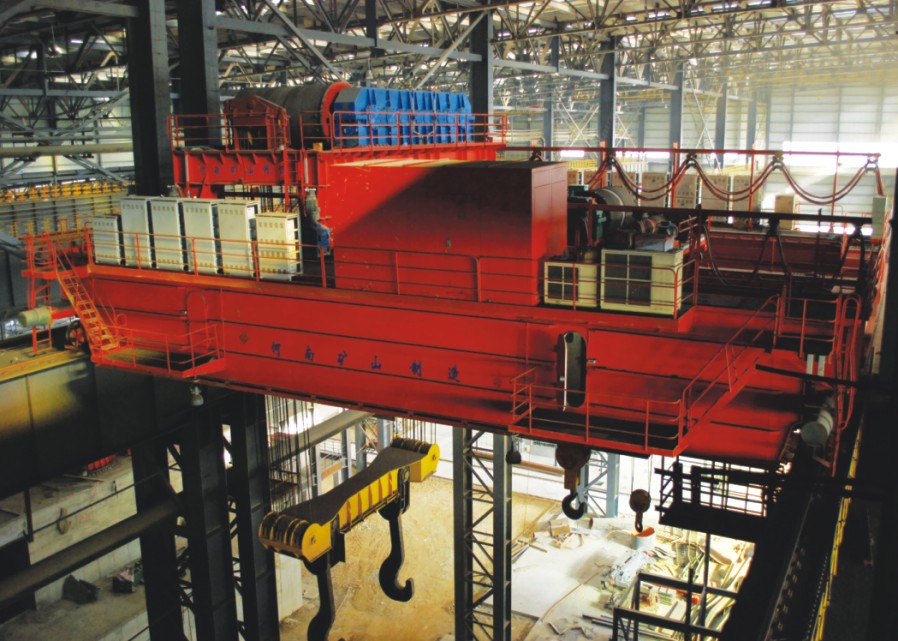
Steel rolling process
The steel rolling process is the stage where steel billets are shaped into various steel products. This involves carefully loading the steel billets into the heating furnace, precisely transporting the heated billets to the rolling mill, and finally smoothly transferring the rolled steel products to the cooling zone or storage area. This series of operations demands extremely high precision and stability from the crane. The double-girder bridge crane excels in this process. It boasts robust load-bearing capacity, operates smoothly, and can precisely control the lifting position of steel ingots and steel products, perfectly meeting the high-precision requirements for material handling in steel rolling production. For example, in the wide plate rolling mill workshop, the double-girder bridge crane can easily lift steel ingots weighing tens of tons, precisely position them, and accurately feed them into the rolling mill. After the steel is rolled, it can steadily transport it to subsequent processes, ensuring that the steel rolling production runs as precisely as a clock.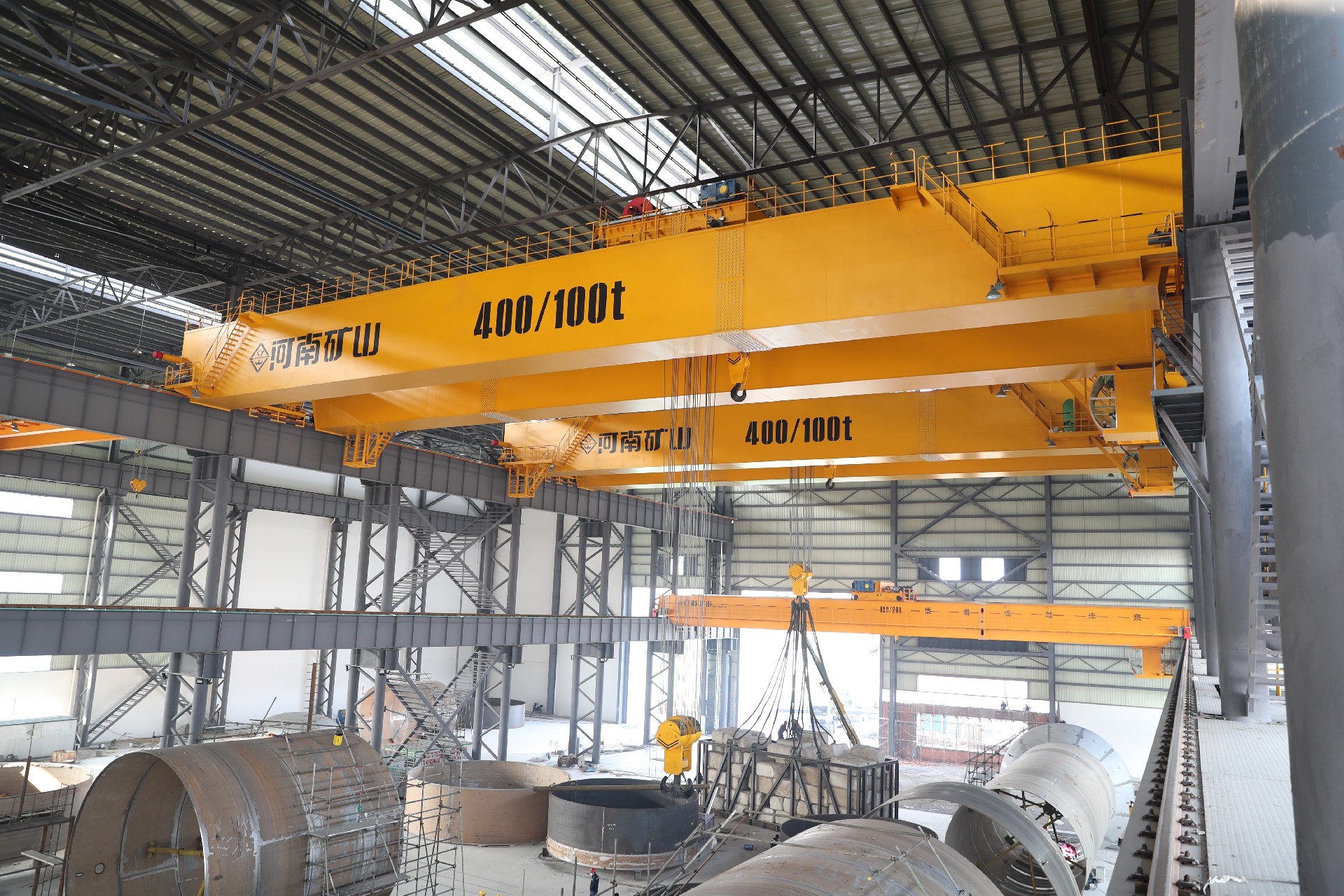
Steel storage and transportation
After steel production is completed, the steel must be stored in warehouses or yards, which involves stacking, loading, and unloading operations. The materials in this process are typically bundled steel, heavy steel plates, and other items of significant weight, though the lifting frequency is lower compared to the steelmaking and rolling processes. In such cases, both general-purpose bridge cranes and double-girder bridge cranes are suitable. General-purpose bridge cranes feature a simple structure and flexible operation, making them ideal for short-distance transportation and stacking of steel materials within warehouses, acting like agile material handlers that are both efficient and convenient. When dealing with large steel plates or steel coils—heavy-duty steel materials—the high load-bearing capacity of double-girder bridge cranes comes into play, enabling efficient loading, unloading, and transportation of heavy steel materials, thereby significantly improving the turnover efficiency of storage areas.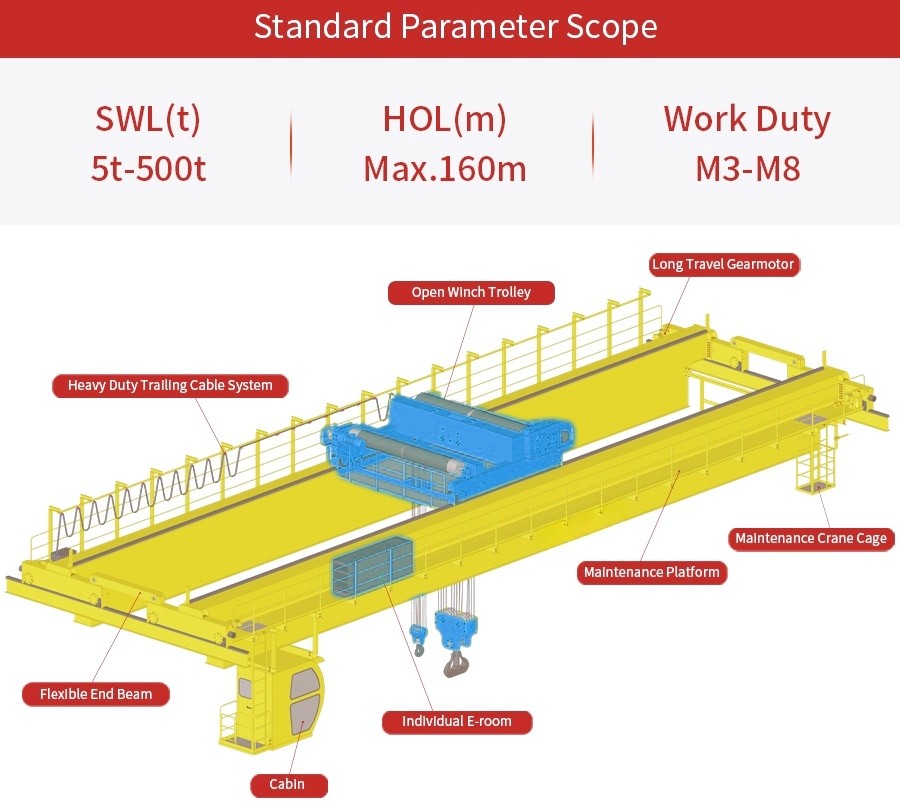
Focus on key performance indicators
Load-bearing capacity
The weight of materials handled in the steel industry varies greatly, ranging from small steel materials weighing a few tons to steel ladles and large steel ingots weighing hundreds of tons. When selecting a bridge crane, it is essential to determine the crane's rated lifting capacity based on the maximum weight of the materials to be lifted, while ensuring sufficient safety margins. For example, if lifting a 50-ton steel ingot, a crane with a rated lifting capacity of 63 tons or higher must be chosen to handle potential overloads and ensure operational safety.
Work Class
Steel production is a continuous, high-intensity operation akin to an unceasing battle. The work class of a crane directly impacts its service life. Cranes used in core processes such as steelmaking and rolling must be equipped with higher work class ratings (e.g., A6 or above). These cranes feature high-strength components and excellent wear resistance, enabling them to withstand frequent starts, stops, and heavy-load operations. In auxiliary processes like storage, cranes with a lower work class (such as A5) are sufficient, ensuring smooth operations while reducing procurement costs and maximizing cost-effectiveness.
High-temperature resistance and corrosion resistance
The high-temperature environment in the steel industry can damage the metal structures and electrical equipment of cranes; dust and corrosive gases can accelerate equipment aging. Therefore, the selected bridge cranes must possess excellent high-temperature resistance and corrosion resistance. For example, the crane's motors and electrical components should be selected in high-temperature-resistant models, and the surfaces of metal structures should be coated with high-temperature-resistant anti-corrosion paint. This ensures effective resistance against dust and corrosive substances, reduces equipment failures, and keeps the crane in optimal condition.
Safety protection devices
Lifting operations in the steel industry involve significant risks, making comprehensive safety protection devices indispensable. Cranes must be equipped with load limiters, which automatically alarm and cut off lifting power when the load exceeds the rated capacity, strictly preventing overloading; travel limiters restrict the crane's operational range to avoid collisions with other equipment or structures. Additionally, emergency stop buttons, buffers, and wind protection devices are also essential. In emergencies, these devices can quickly stop the equipment, minimizing accident losses.
Considering environmental adaptability
Space layout
The spatial layouts of steel plant workshops and production areas vary significantly, with some being spacious and open while others are compact and complex. The crane's span and lifting height must perfectly align with the on-site spatial conditions. When selecting a crane, it is essential to carefully measure the span, height, and spatial dimensions of the workshop to ensure the crane can operate within the facility and cover all areas requiring material handling. In workshops with limited height, a crane with an appropriate lifting height must be chosen to avoid operational constraints due to insufficient space. For facilities with large spans, a double-girder bridge crane with the corresponding span must be selected to ensure materials can be transported flexibly and unobstructed throughout the entire workshop.
Dust and Moisture
Certain steel production processes generate significant amounts of dust, such as in coking and sintering workshops, where dust is ubiquitous in the air. Other areas may have moisture, such as steel rolling cooling zones, where humid environments pose challenges for equipment. In such environments, it is essential to select bridge cranes with dust-proof and water-resistant performance. For example, the crane's electrical system should feature a sealed design to prevent dust and moisture ingress, thereby avoiding short-circuit failures. Components such as bearings in the running mechanism should use dust-proof bearings and be regularly lubricated with grease to reduce dust-induced wear on the equipment, ensuring stable operation even in harsh conditions.
Selecting a bridge crane for the steel industry is a systematic engineering task that requires comprehensive consideration, taking into account the characteristics of the production process, key performance indicators, and environmental adaptability. Only by selecting the appropriate crane can one confidently handle the high-intensity, high-risk operations of steel production, thereby continuously improving production efficiency and ensuring robust operational safety.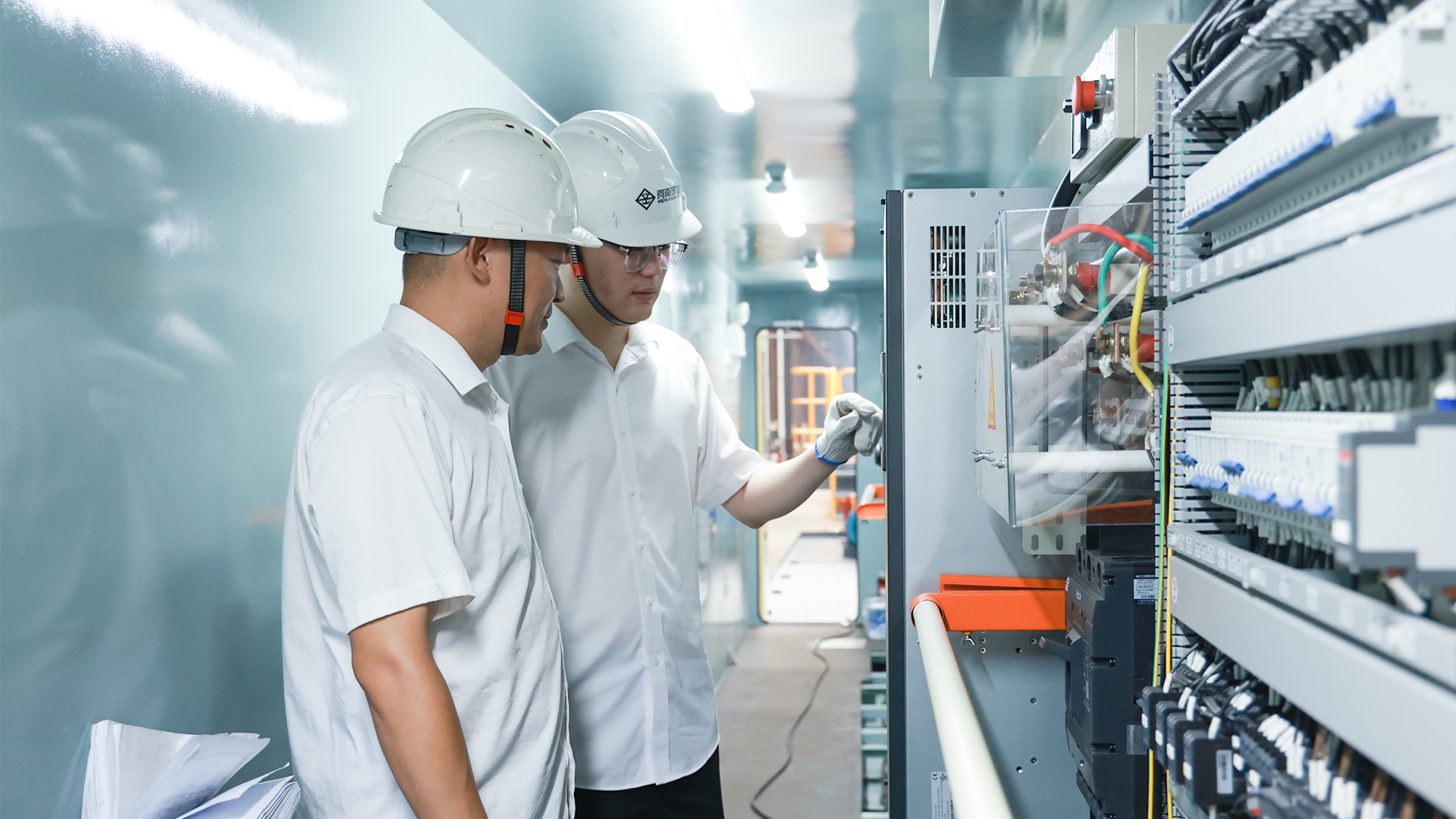
We have been deeply involved in the crane industry for many years. From equipment selection and design, to manufacturing, installation, and commissioning, all the way to post-installation maintenance and servicing, we provide comprehensive support throughout the entire process. With high-quality equipment and attentive service, we help your steel production become more efficient, safer, and more stable. Henan Mining provides free equipment selection assessment reports to make your steel production process smoother.
